|
A couple of final points on why I see the power of teaching recorder to young kids:
Fine Motor Skills Playing recorder supports the fine motor skills and finger/hand independence that are needed for playing piano (as well as using a fork and knife or typing on a computer keyboard). Teaching Personal Responsibility A recorder is often the first instrument a child owns. They have to learn the practical applications of responsibility: cleaning it, practicing it, putting it in their backpack the night before they need it in music class, and self-control (as in the proper environments they are allowed to play). Self-esteem Every kid likes to show off to their teacher, principal, or parent. Recorder provides this opportunity in a challenging music format. Like Ringo Sang, “It Don’t Come Easy!” Recorder is not a game app that can be mastered in an afternoon. It is the patron saint of delayed gratification, a crucial concept that all children need to learn and have reinforced on a daily basis. The flip side is achievement only comes with sustained effort and mastery of reading skill. All the sugar found in “Laughy Taffy” or a “Kit Kat” can’t hold a candle to the sweet taste of success after a kid plays a song for the first time. Being Part of Something that Is Bigger Than Ourselves The first few weeks of recorder amount to beginning a recorder ensemble. Kids learn that they have to work together to do hard things in tandem when making music. The Best of Expectations The anticipation that a teacher can build for the coming recorder program in the minds of kids can reach apoplectic heights. There is nothing quite like waiting and counting down the daays until you get your recorder. Bottom line: teach recorder! A couple of more points on why I see the power of teaching recoreder to young kids:
"If You Can’t Say It, You Can’t Play It!” In one of my videos, I constantly repeat the mantra "If you can’t say it, you can’t play it!” Every time I said the first half of that phrase, kids would scream the second half back to me. Recorder in third grade is the perfect way to solidify the “trifecta: say the rhythm first, say the pitches second, and say the fingers and move them with an invisible recorder, third”. It Is always better to break down big goals into little skills. The recorder should be positioned in their laps – not their hands when doing the trifecta. If possible, use a SmartBoard to display the recorder etudes. Do each of the three trifecta passes of an etude while you are pointing to the notes on a SmartBoard. On the first pass, have them chant the rhythm “Quarter, quarter, half-, note, whole-, note, three, four”), the pitches on the second (“B,A, Beeeeeeeee,Geeeeeeeeeeeeee”), and the fingerings on the third (One, One and two, Oooooone, One-two-and-threeeeeeeeeeeee”). Only after accomplishing the trifecta, does the instrument even approach the mouth. After kids have done the trifecta a few dozen times out loud with their recorder, give them the previous prompts but have them do it silently as you continue to point to the notes.Make sure they are tracking the notes with their eyes. The next step is to give the start prompt and not point and watch them silently do the trifecta with only their self-disciplined eye point. Rhythm, pitch, and fingering will quickly become imbedded skills and the trifecta process will fade while spontaneous reading and performance will mature. Teaching with the trifecta model is the easiest way to assess and predict if a kid will be able to play an eight-bar etude. First Notes Kids who learn B, A , and G in sequential order on the recorder already know the fingering for E, D, C on clarinet, as well as B, A, and G on sax, oboe, and flute. A few final thoughts coming up in “Recorder Hero: Intergalactic Truth Number X”. |
AuthorBoyd Holmes, the Writer Archives
June 2025
Categories |
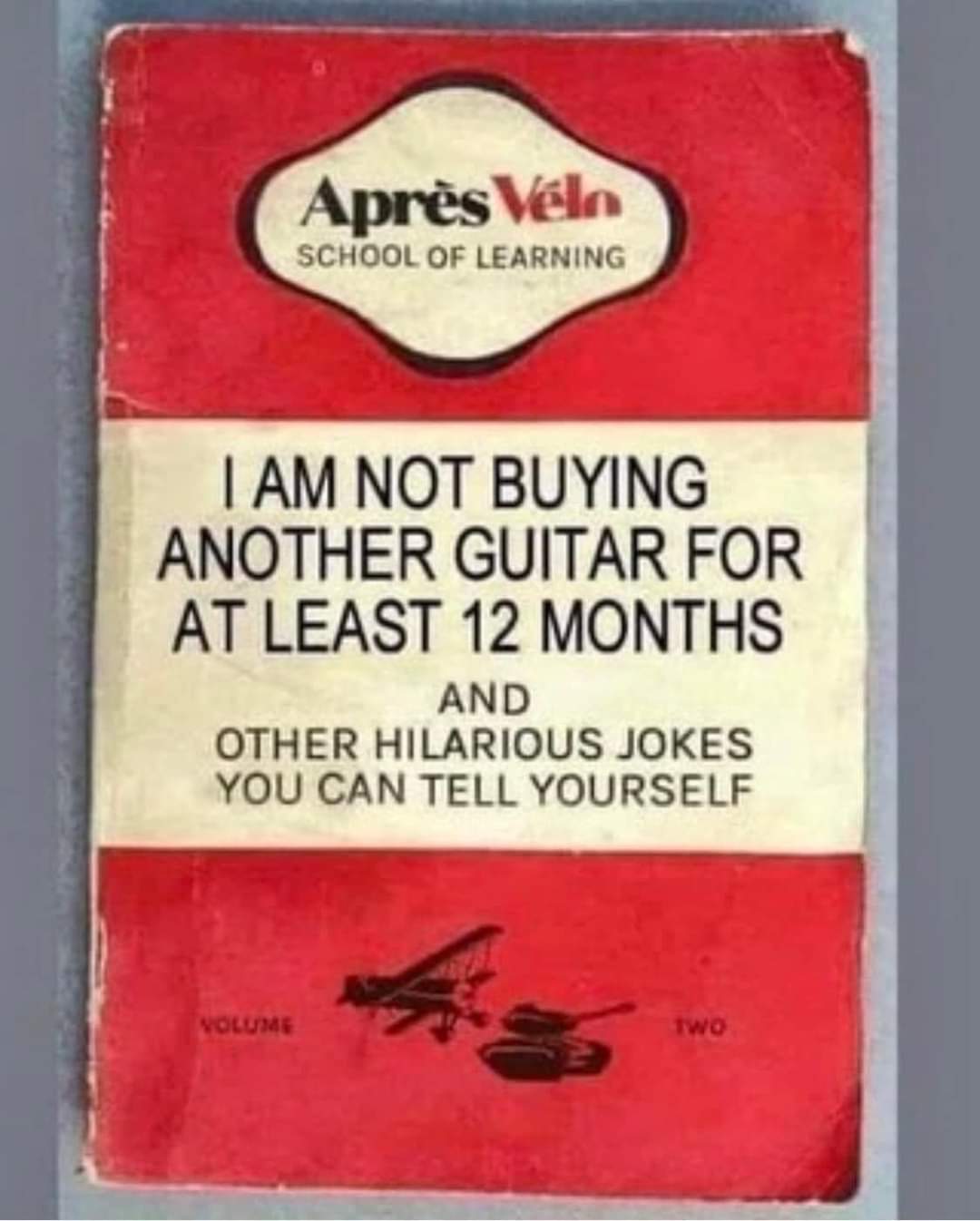
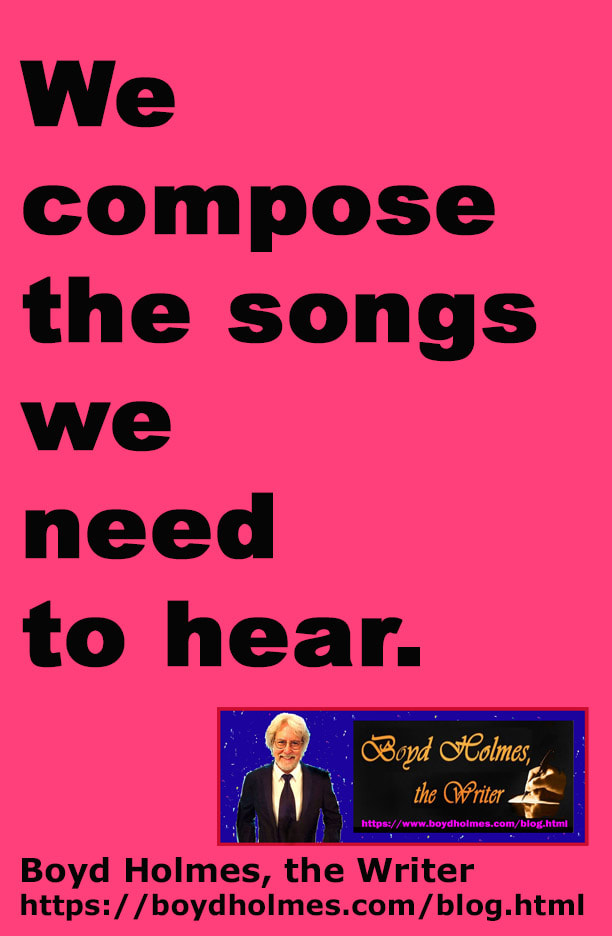
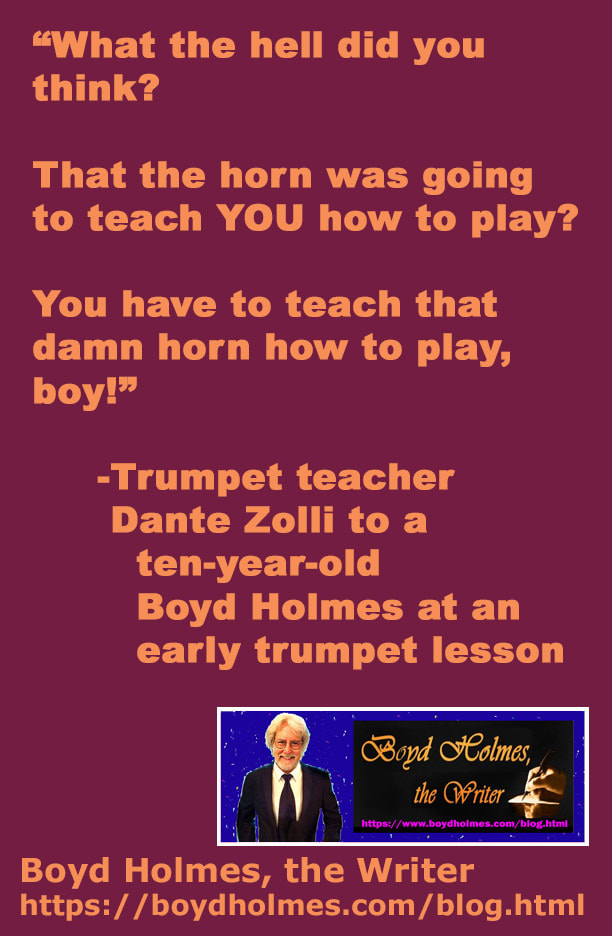
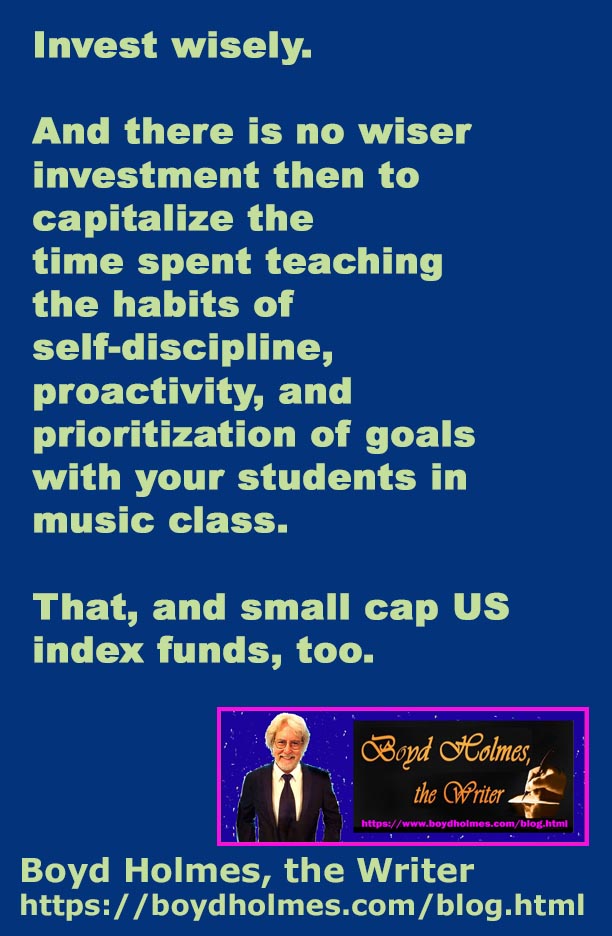
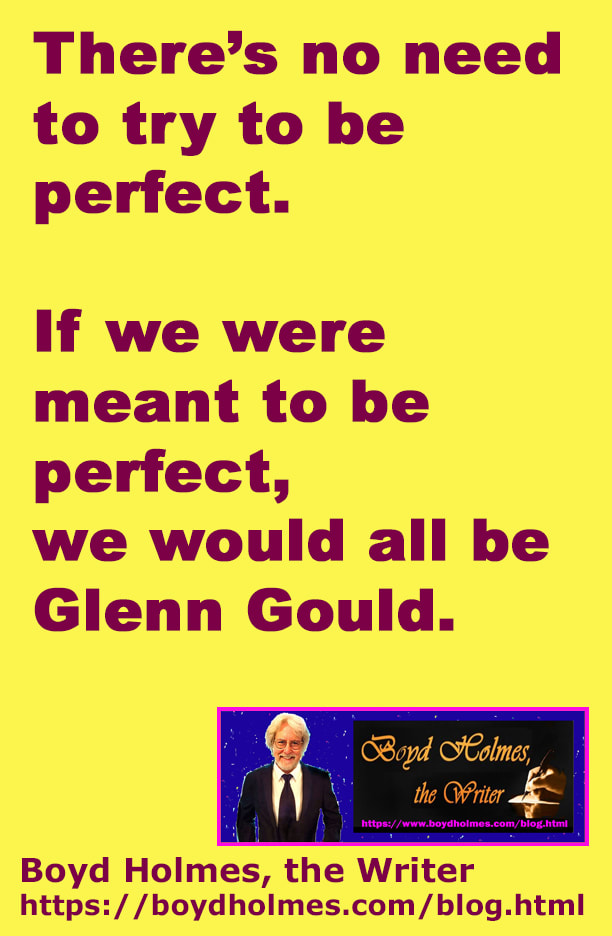
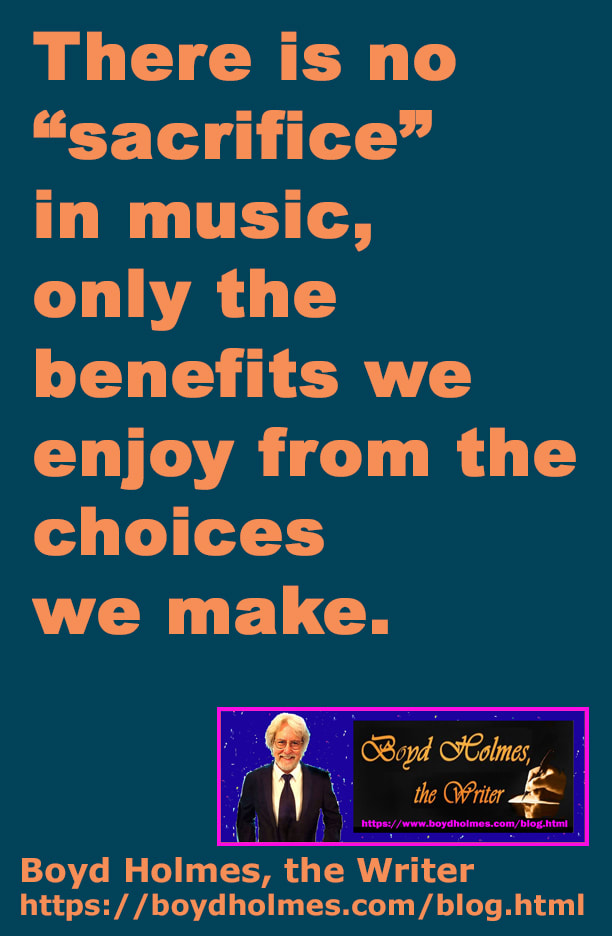
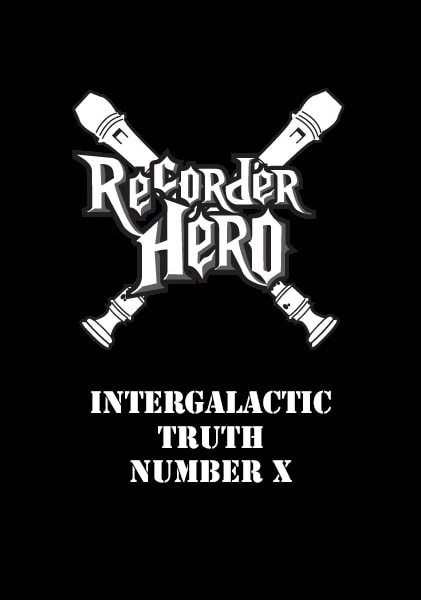
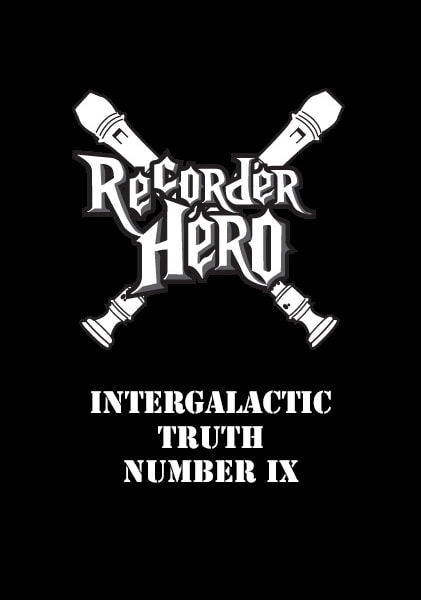
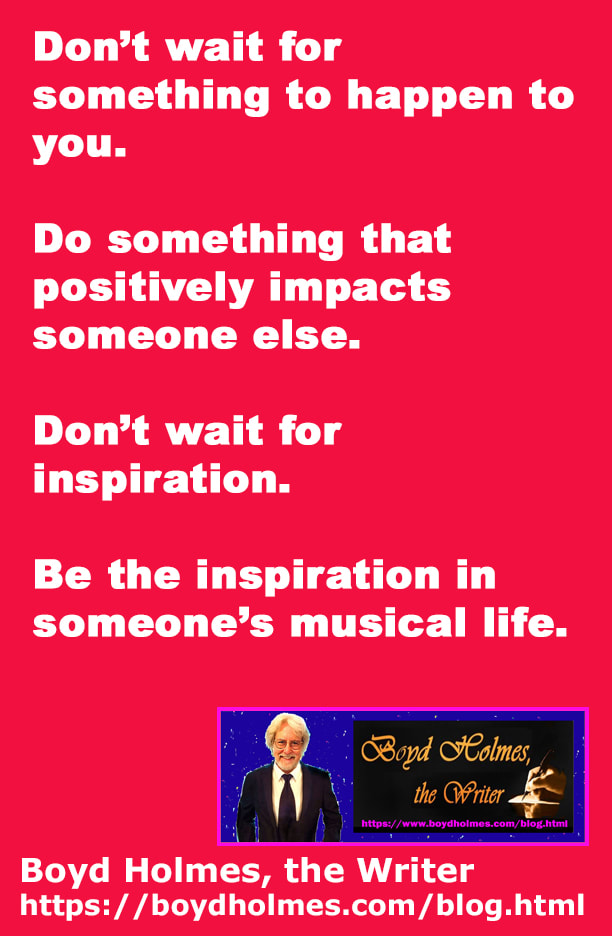
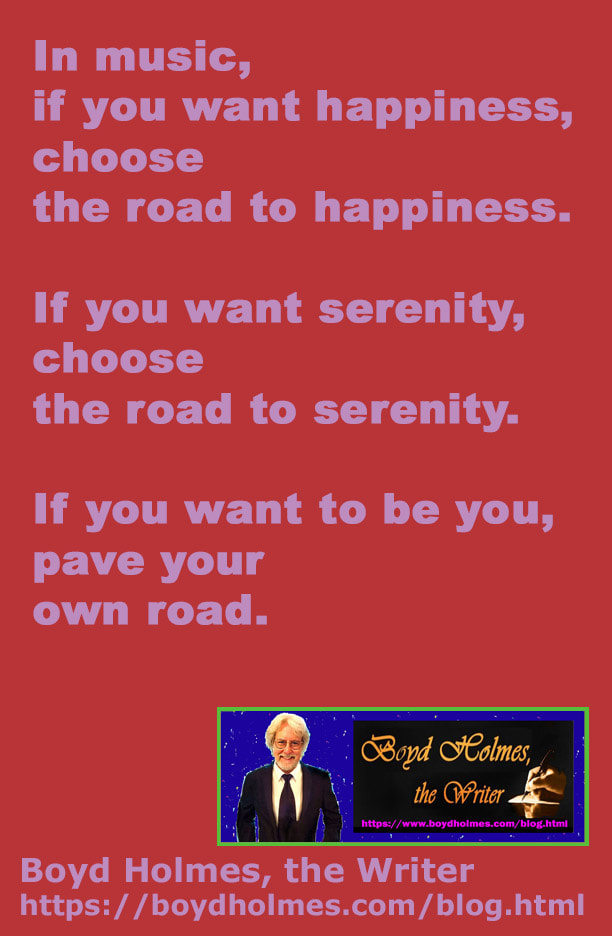
 RSS Feed
RSS Feed